Early Manufacture of Kretek Cigarettes to the Kretek Cigarette Museum in Kudus
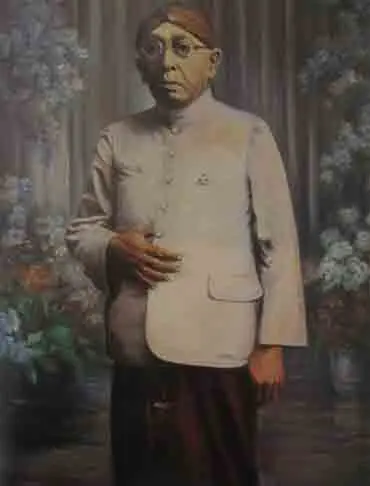
Nitisemito’s Bales ‘ Kretek cigarette company collapsed due to disputes among his heirs. The emergence of other cigarette companies such as Djarum (1951), Djamboe Bol (1937), Nojorono (1930), and Sukun (1949) made the Bal Tiga market increasingly narrow in marketing opportunities and also coupled with the outbreak of World War II in 1942 in the Pacific, the entry of Japanese troops, also worsened the company owned Nitisemito. Many company assets were seized. In 1955, the rest of the Kretek company Nitisemito was finally distributed evenly to its heirs.
The collapse of the market of Bal Tiga called also the establishment of cigarette Minak Djinggo in 1930. The owner of this cigarette industry named Kho Djie Siong, is a former agent of the company Bal Tiga in Pati, Central Java. Since the first while still working as a worker in the company Nitisemito, Kho Djie Siong indeed has attracted a lot of confidential information blend and trading strategy Bal three of HIS schoolmates in HIS Semarang who also son-in-law Nitisemito no other he named M. Karmaen. In 1930, Minak Djinggo, when the sale sped quickly immediately moved the Perseroannya to Kudus. To expand market share, Kho Djie Siong directly launched a new product called Nojorono. After Minak Djinggo, several other cigarette companies are popping up and there are even those who can survive until now such as Djamboe Bol cigarettes belonging to H.A. Ma’roef, the cigarette Sukun owned M. Wartono and Djarum which was established by Oei Wie Gwan.
Djarum is a Kretek cigarette company that stood on 21 April 1951 with only 10 workers. Oei Wie Gwan, a former cigarette supplier of Minak Djinggo in Jakarta, started the business by supplying cigarettes for the Indonesian Army’s supply department. In the year 1955, Djarum started to expand its production market and its supply area. Production was getting bigger after using the automatic tobacco-processing and winding machine in 1967.
The Kretek Museum itself was founded on the initiative of Mr. Soepardjo Roestam while he was still serving as the governor of Central Java. The initiative arose when he visited the Kudus city in 1980 and saw directly that the potential owned by the Kudus Cigarette Company was very large in its constriction in moving the local economy. This potential was seen by Mr. Soepardjo Roestam, not in terms of labor income and income gained by the state of the cigarette excise tape, but also in terms of labor and social donations issued by cigarette companies is very large for the community and surrounding areas, such as the awarding of scholarships and awards for an accomplished person.
Read also : Beginning of the Manufacture of Kretek Cigarettes in Kudus City Part 1
The development of cigarettes in Kudus is very rapid, it is evidenced by many large and small cigarette companies. The greatest company is the PR. Djarum, which was established in 1951, then PR. Nojorono which was established in 1932, followed by PR. Breadfruit in the year 1948 and PR. Jambu Bol founded in 1937. After seeing the growing potential of cigarette companies, Mr. Soepardjo Roestam urged on a number of companies that have advanced Kretek cigarettes to preserve the culture of the nation. Finally in 1983 the entrepreneurs who joined in PPRK (Union of the Kudus Kretek Cigarette Company) agreed to preserve the culture of human civilization in the past about the history of the development of Kretek cigarettes through the establishment of Kretek Museum, then from 11 December 1984, PPRK and the local government marked the development by laying the first stone by the regent of regional head of level II Kudus which at that time still held by Mr. Hartono. So in 1986 the construction of the Kretek Museum located in the city of Kudus, precisely in the village of Getas Pejaten, Kecamatan Jati, and the museum was inaugurated by the Minister of Home Affairs, Mr. Soepardjo Roestam on October 3, 1986.
In this era of fast growing technology development today, the role of the museum is expected to collect, maintain, and communicate based on the research of objects that are concrete evidence of the cultural development process. Museum is a permanent institution, not seeking profit, serving the community and its development, open to the public, which collects, treats, communicates and exhibits, for the purposes of study, education and pleasure, evidence of material masnage and its environment. In museums, people can obtain a place of recreation while gaining information about the sciences and events found in human life and the environment. In the general public still sees that the museum as a place or institution that is in a rigid, ancient view, takes care of antiquities among the elites for just pride and admiration. The museum building does sometimes have a creepy impression because it is identical with ancient items, quiet, splendor, and sometimes not maintained. But surely this will not be an obstacle for the community not to visit the museum. Because behind the ancient atmosphere, the museum also introduces the process of social cultural development even the economy of an environment to the community. People can also use the museum as a means of learning so that it is not boring, on the other side of the museum can also serve as a family recreation place.
For further, we must first know the definition of museums. Etymologically, the word “Museum” is derived from the Greek classics, namely: “Muze” a group of nine goddesses meaning symbols of science and art. Based on the explanation above, the sense of the museum is as a place to store ancient objects that can be used to add insight and also as a recreation place. According to the International Council of Museums (ICOM), the museum is a permanent institution or permanent institution, serving the interests of the Community and its progress. The Museum is open to the public and does not aim to seek profit. The task of the museum is collecting, maintaining (conservation), researching, exhibiting, and communicating tangible objects of human material and its environment, for the purposes of study, education, and recreation. The Museum, according to government regulation No. 19, 1995 article 1 paragraph (1), mentioned that the institution, storage, maintenance, security, and utilization of material evidence materials of human culture as well as nature and environment to support the protection and preservation efforts of the nation’s cultural richness. Therefore, the museum can be a study by students, documenting the unique culture of a particular society, or documentation and imaginative thinking in the future, or in other words the museum is where the culture and art of antiquity that is worth the high artistic value can be seen.
Museum Kretek has significance for the science of history, especially for the history of the cigarette industry in Kudus because in this city most of the citizens depend life in the cigarette industry. The Kretek Cigarette Company for the Kudus Community has become a major work for its people. Kretek Museum is the place to rewrite the history of Kudus cigarettes from the heyday of Kudus Kretek cigarette, Niti Semito, until the development of the Kudus cigarette industry today. So the Kretek Museum has functions as a means of education, research, and recreation.
The purpose of building the Kretek Museum is to present collections related to the development of Kretek cigarette Company as an effort to increase the entrepreneurship values of past and present to be forwarded and improved in the future, thus the young generation at present and future is expected to have a strong entrepreneurial spirit. Therefore, I feel interested to discuss the Kretek museum which plays a role in preserving and maintaining the historical relics of the cigarettes in the city of Kudus.
Finish of my article “Beginning of the Manufacture of Kretek Cigarettes on Kudus”. In the next article I will explain the details of each explanation of the article of what i’ve been write about. Greetings and thank you.
Read also : Beginning of the Manufacture of Kretek Cigarettes in Kudus City Part 1






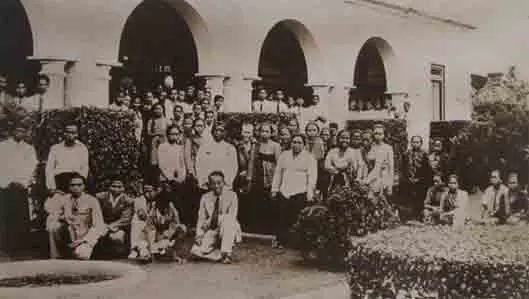
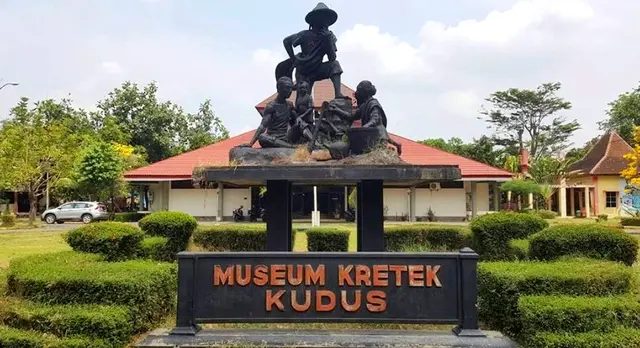


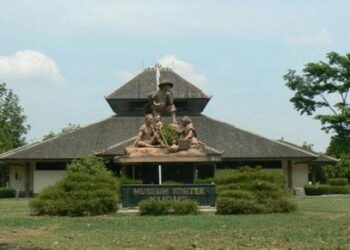
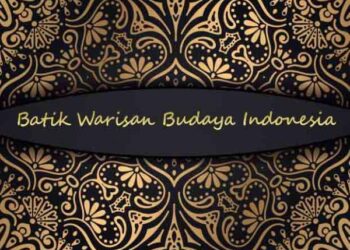




![How to Install Windows 10 [Pictures and Explanations] How to Install Windows 10](https://mas-alahrom.my.id/wp-content/uploads/2021/12/tutorial-picture-how-install-windows-10-120x86.jpg)
